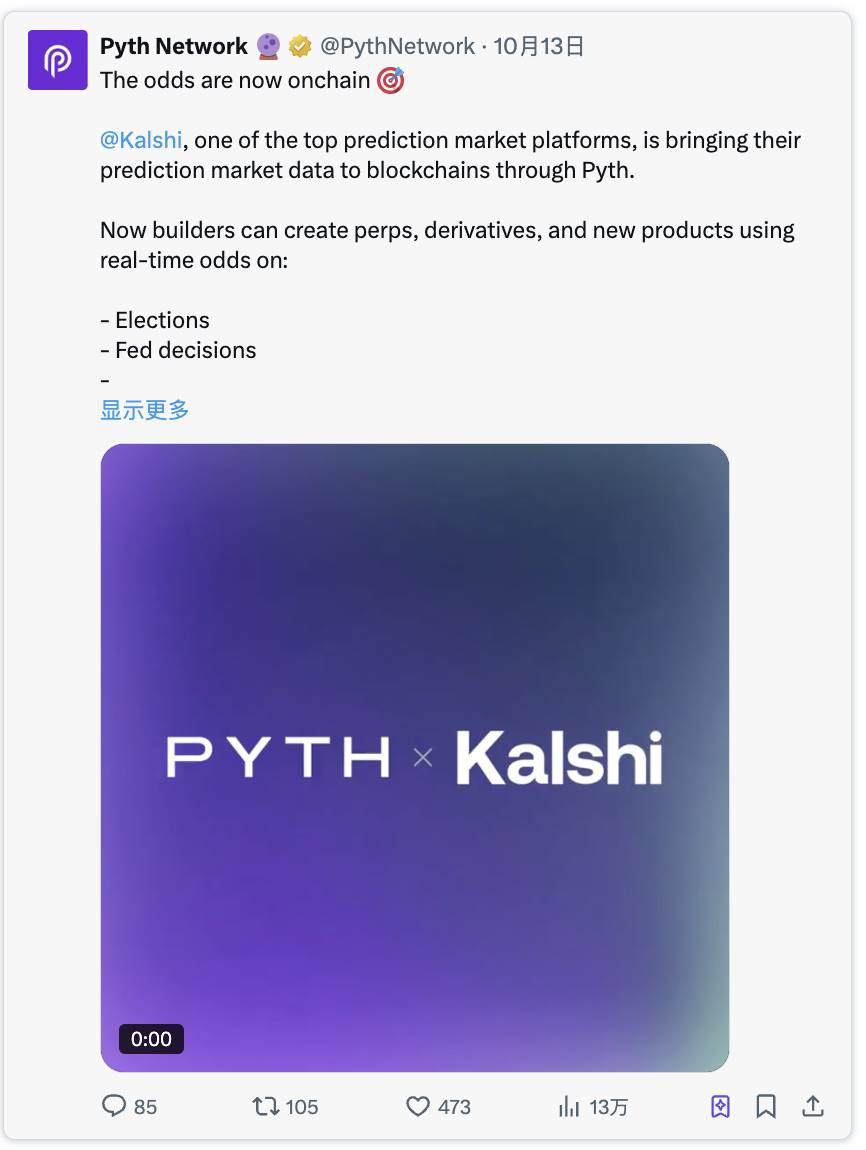KYI Tech Embeds Identity in Stablecoins to Thwart $1.6B Fraud Crisis
- Circle and Paxos pilot KYI tech with Bluprynt to embed verified issuer identities in stablecoins, targeting $1.6B annual fraud losses. - The blockchain-native system enables real-time token verification via wallets and explorers, aligning with U.S. regulatory shifts under the GENIUS Act. - By attaching auditable credentials to tokens at issuance, the framework strengthens transparency and compliance for major stablecoins like USDC and PYUSD. - Regulators and industry leaders endorse the initiative as a c
Circle and Paxos, two major stablecoin issuers, have partnered with Bluprynt to pilot a verification system designed to combat counterfeit stablecoins. The initiative, dubbed "Know Your Issuer" (KYI), embeds verified digital identities directly into stablecoin tokens, enabling users to trace assets back to their legitimate issuers. The pilot program, which integrated Circle’s USDC and PayPal’s PYUSD, aims to curb losses caused by counterfeit tokens, which Bluprynt estimates cost users at least $1.6 billion annually. By attaching verified credentials to digital assets on the blockchain, the solution seeks to preserve brand integrity and reduce fraud. The pilot was announced as the U.S. Office of the Comptroller of the Currency introduced new guidance for banks managing digital assets, signaling a regulatory shift toward clearer oversight of crypto services [1].
Bluprynt’s KYI model is an adaptation of traditional KYB (Know Your Business) compliance, but with a blockchain-native approach. It allows issuers to attach verifiable identities to tokens at the point of issuance, offering a transparent and auditable mechanism for both retail investors and institutional users. This system could be integrated into digital wallets and on-chain tools, such as blockchain explorers, to provide real-time verification of token authenticity. Christopher Giancarlo, a former CFTC chair and Paxos board member, praised the framework as a breakthrough for digital asset integrity. The technology also aligns with growing regulatory demands for transparency and accountability in the crypto space, particularly as the industry evolves to meet federal standards like those established by the GENIUS Act [2].
The pilot is timely, as the U.S. government continues to finalize a regulatory framework for stablecoins. The GENIUS Act, passed in July 2025, established clear requirements for stablecoin issuance, including one-to-one reserve backing, monthly disclosures, and mandatory audits for large issuers. The law also excluded stablecoins from being classified as securities or commodities, placing oversight under banking regulators. This development has been viewed as a major win for the industry, offering clarity and legitimacy to stablecoins as a financial instrument. Circle’s USDC and PayPal’s PYUSD, issued by Paxos, are among the largest stablecoins by market capitalization, valued at $69 billion and $1.1 billion, respectively [3].
The KYI framework is also being integrated with Solana’s Attestation Service, allowing issuers to publish credentials directly on-chain. This infrastructure enables wallet providers, explorers, and other tools to verify token legitimacy without relying on off-chain systems. The move is particularly relevant in a market where counterfeit tokens, often created on platforms like Pump.fun, can closely mimic legitimate stablecoins. Phantom and other self-custodial wallets already display price discrepancies, but the visual similarity between fake and real tokens remains a risk. The KYI system aims to address this by providing verifiable proof of issuance, enhancing trust and reducing confusion among users [1].
Analysts suggest that the pilot could influence broader regulatory efforts to combat financial crime in the crypto space. The U.S. Treasury has sought public input on technologies for detecting illicit activity in digital assets, and frameworks like KYI offer a potential model for ensuring compliance. As stablecoins become more integrated into mainstream finance, tools that enhance transparency and accountability will likely play a critical role in maintaining market confidence. The GENIUS Act has already prompted major banks and fintech firms to explore stablecoin offerings, with JPMorgan , Citigroup , and others developing their own digital assets or payment solutions. These developments signal a shift toward a more regulated, transparent, and institutional-grade stablecoin market [5].
Source:

Disclaimer: The content of this article solely reflects the author's opinion and does not represent the platform in any capacity. This article is not intended to serve as a reference for making investment decisions.
You may also like
Kalshi's On-Chain Ambitions: From Compliant Prediction Markets to Web3 Infrastructure
Advantages include broader coverage, legitimacy, mainstream adoption, and a hybrid model.

ETH Price Experiences Volatility: In-Depth Analysis and Outlook
The Truth Behind Dogecoin's Plunge: Why Are Meme Coins the First to Fall in the Storm?

Bitcoin's "Breathing Crisis": Whales Flee, $100,000 Mark Hangs by a Thread
